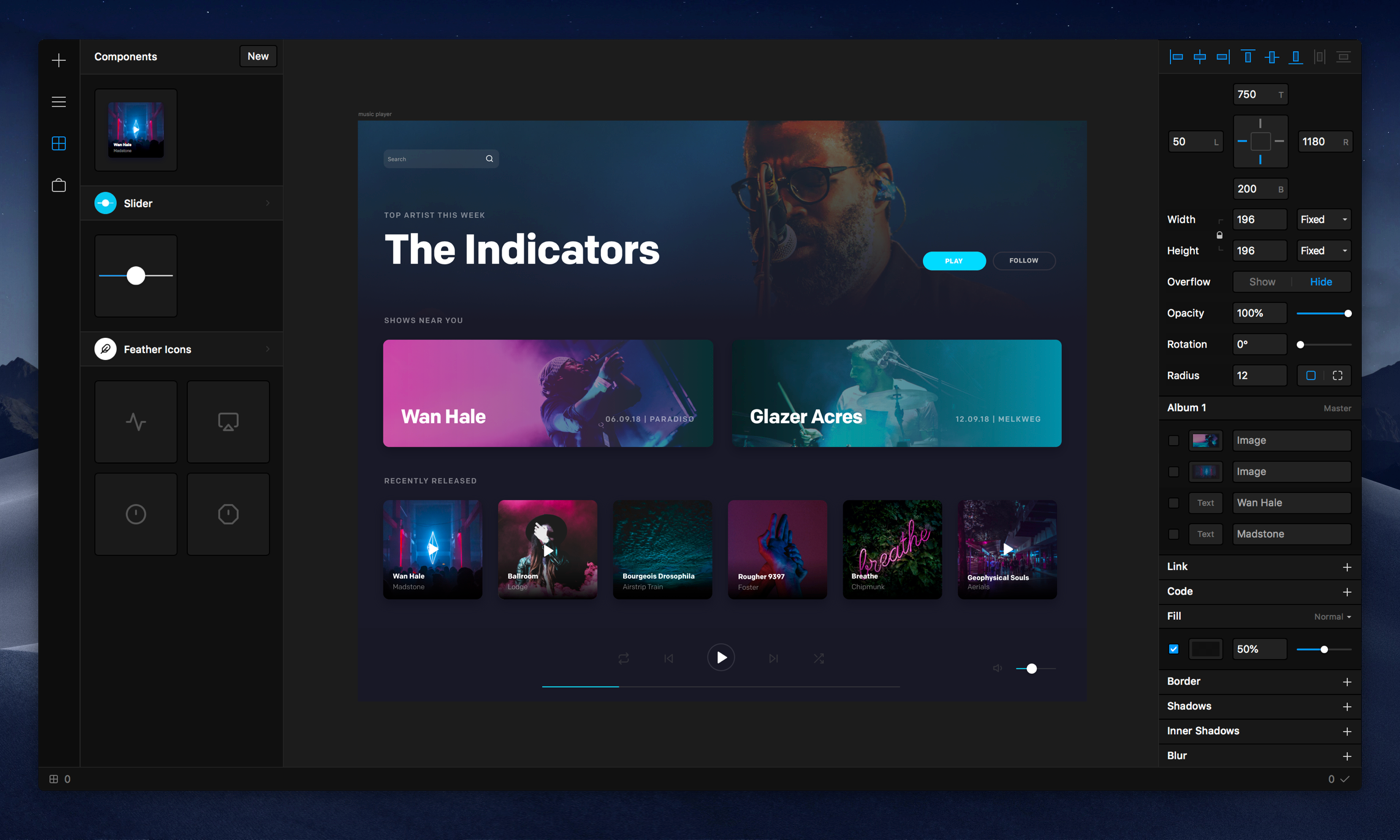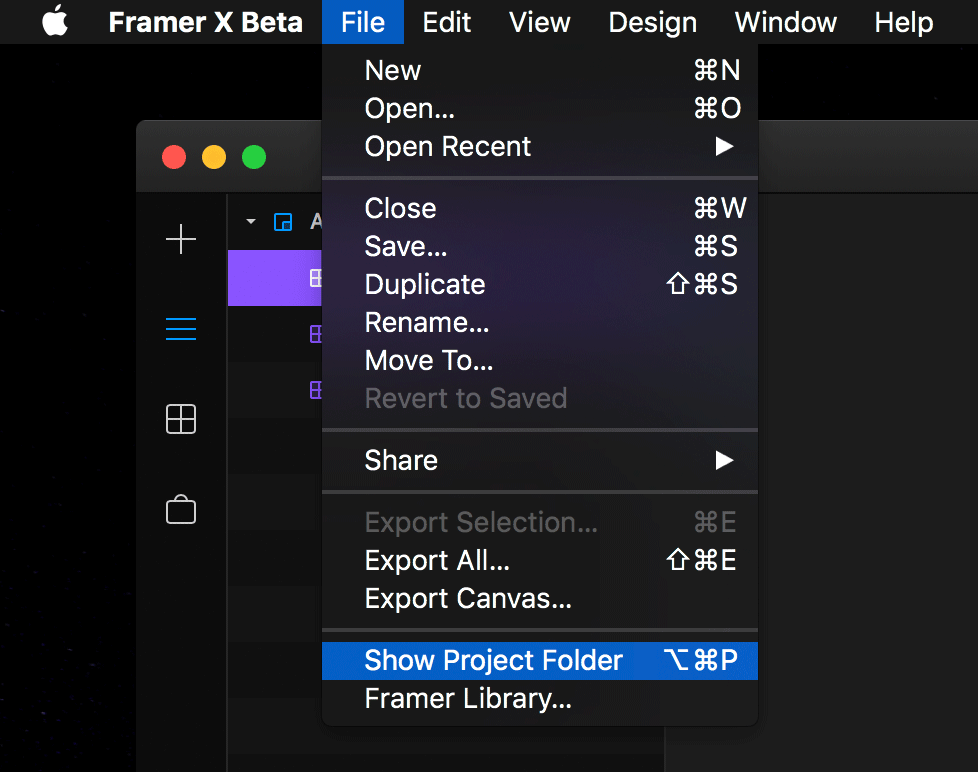The A-FRAME is designed to be a portable aerial rig for Hammocks, Silks, Hoops and the X-FLY Flying Pole. The A-Frame can be used from 8ft (2450mm) up to 11.42ft (3480mm) with multiple heights being selectable in-between. Nudell Metal Poster Frame Plastic Face 24 x 36 Black 31242. Sold and shipped by MyOfficeInnovations. A Target Plus™ partner. Wedge Poster Frame Black. The materials for our frames are sourced domestically, and a skilled team of American frame artisans carefully cuts and assembles each frame by hand. We are enormously proud to provide such precise, high-quality, carefully crafted frames at an unbelievable price to our customers while providing livelihoods for dozens of American workers. Framer is an all-in-one tool that helps teams design every part of the product experience. Start in Framer and get to a functional prototype faster than ever—no code required. Get started— it’s free See Framer for teams. Frame x The Carlyle is part of the brand's larger spring 2021 collection, inspired by both New York City and the late '70s. The aim: to capture the sophisticated ease of that time.
Google uses cookies and data to:- Deliver and maintain services, like tracking outages and protecting against spam, fraud, and abuse
- Measure audience engagement and site statistics to understand how our services are used
 If you agree, we’ll also use cookies and data to:
If you agree, we’ll also use cookies and data to:- Improve the quality of our services and develop new ones
- Deliver and measure the effectiveness of ads
- Show personalized content, depending on your settings
- Show personalized or generic ads, depending on your settings, on Google and across the web

Click “Customize” to review options, including controls to reject the use of cookies for personalization and information about browser-level controls to reject some or all cookies for other uses. You can also visit g.co/privacytools anytime.
HTTP security headers provide yet another layer of security by helping to mitigate attacks and security vulnerabilities by telling your browser how to behave. In this post we will be diving more in-depth into X-Frame-Options (XFO), which is a header that helps to protect your visitors against clickjacking attacks. It is recommended that you use the X-Frame-Options header on pages which should not be allowed to render a page in a frame.
What is X-Frame-Options?
X-Frame-Options (XFO), is an HTTP response header, also referred to as an HTTP security header, which has been around since 2008. In 2013 it was officially published as RFC 7034, but is not an internet standard. This header tells your browser how to behave when handling your site's content. The main reason for its inception was to provide clickjacking protection by not allowing rendering of a page in a frame. This can include rendering of a page in a <frame>, <iframe>, or <object>. Iframes are used to embed and isolate third party content into a website. Examples of things that use iframes might include social media sharing buttons, Google Maps, video players, audio players, third party advertising, and even some OAuth implementations.
How widely is the X-Frame-Options header being used? Scott Helme did an interesting case study back in February 2016. He analyzed the security headers of the top 1 million sites, according to Alexa, and this is what he found. It is shown as XFO below in the chart. Only 7.6% of the top sites are utilizing the header.

While it is good to see increases across the board for not only the XFO header, but all security headers, the overall usage is very low. More sites need to start taking advantage of HTTP security headers.
Clickjacking

So what exactly is clickjacking? Clickjacking is an attack that occurs when an attacker uses a transparent iframe in a window to trick a user into clicking on a CTA, such as a button or link, to another server in which they have an identical looking window. The attacker in a sense hijacks the clicks meant for the original server and sends them to the other server. This is an attack on both the visitor themselves and on the server.
Here are a couple possible known exploits or uses for clickjacking.
- Tricking users into making their social networking profile information public
- Sharing or liking links on Facebook
- Clicking Google Adsense ads to generate pay per click revenue
- Making users follow someone on Twitter or Facebook
- Downloading and running a malware (malicious software) allowing to a remote attacker to take control of others computers
- Getting likes on Facebook fan page or +1 on Google Plus
- Playing YouTube videos to gain views
Clickjacking is easy to implement, and if your site has actions that can be done with a single click, then most likely it can be clickjacked. It might not be as common as cross site scripting or code injection attacks, but it is still another vulnerability that exists. Sometimes it helps to see a visual. Below is a clickjacking demo using both transparent and non-transparent iframes.
Here is another good live example in which you can see a demonstration of clickjacking.
X-Frame-Options directives
The X-Frame-Options header has three different directives in which you can choose from. These must be sent as an HTTP header, as the browser will ignore if found in a META tag. It is also important to note that certain directives are only supported in certain browsers. See browser support further below in this post. While it is not required to send this response header across your entire site, it is best practice to at least enable it on pages that need it.
1. deny directive
The deny directive completely disables the loading of the page in a frame, regardless of what site is trying. Below is what the header request will look like if this is enabled.
This might be a great way to lock down your site, but it will also break a lot of functionality. The following two directives below are more common use cases for a typical website.
Examples of sites currently using the deny directive:
- GitHub
2. sameorigin directive
The sameorigin directive allows the page to be loaded in a frame on the same origin as the page itself. Below is what the header request will look like if this is enabled.
We have the sameorigin directive enabled on this website. With this directive enabled, only our website is allowed to embed an iframe of one of our pages. This is probably the most commonly used directive out of the three. It is a good balance between functionality and security.
It is also important to note that if a browser or plugin can not reliably determine whether the origin of the content and the frame have the same origin, this must be treated as deny.
Examples of sites currently using the sameorigin directive:
- Amazon
- eBay
3. allow-from uri directive
The allow-from uri directive allows the page to only be loaded in a frame on the specified origin and or domain. Below is what the header request will look like if this is enabled.
This allows you to lock down your site to only trusted origins. But be careful with this directive. If you apply it and the browser does not support it, then you will have NO clickjacking defense in place.
Enabling X-Frame-Options header
The X-Frame-Options header is easy to implement and only requires a slight web server configuration change. You might also want to check to make sure you don't already have the header enabled. Here are a couple easy ways to quickly check.
- Open up the Network panel in Chrome DevTools and if your site is using a security header it will show up on the Headers tab.
- Another quick way to check your security headers is to quickly scan your site with a free tool, securityheaders.io, created by Scott Helme. This gives you a grade based on all of your security headers and you can see what you might be missing.
Enable on Nginx
To enable the X-Frame-Options header on Nginx simply add it to your server block config.
Framer X React Native
Enable on Apache
To enable on Apache simply add it to your httpd.conf file (Apache config file).
Framer X Design
Enable on IIS
To enable on IIS simply add it to your site's Web.config file.
X-Frame-Options browser support

It is important to realize that not all browsers support the allow-from directive. So be careful if you are using that. All modern browsers do support the deny and sameorigin directives. For legacy browsers, such as IE7 for example, your best solution currently is to use what they call a frame-breaker or frame-buster.
London Grammar X Factor
| Browser | deny / sameorigin support | allow-from support |
|---|---|---|
| Chrome | 4.1+ | No |
| Edge | Yes | Yes |
| Firefox | 1.9.2+ | 18.0+ |
| Internet Explorer | 8.0+ | 9.0+ |
| Opera | 10.50+ | No |
| Safari | 4.0+ | No |
Another newer option and or alternative you have to using XFO is to use the Content Security Policy and frame-ancestors directive. This will most likely eventually replace XFO altogether. One major benefit to this directive is that it allows you to authorize multiple domains. However, it is not supported in all browsers yet, Chrome 39+ and FF 33+ support it, but there is no support for Internet Explorer. You could however use both the X-Frame-Options and frame-ancestors together.
Summary
Hopefully now you understand a little more about what the X-Frame-Options HTTP response header does and how it can help prevent clickjacking. As seen above, this is very easy to implement. We use security headers on our websites and we encourage you to do the same. Together we can make the web a more secure place and help boost the security header usage numbers.
